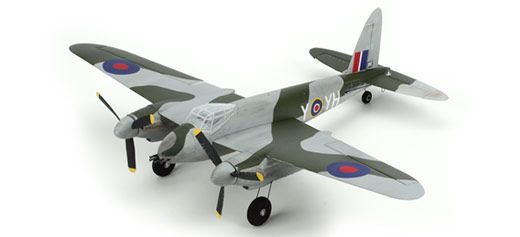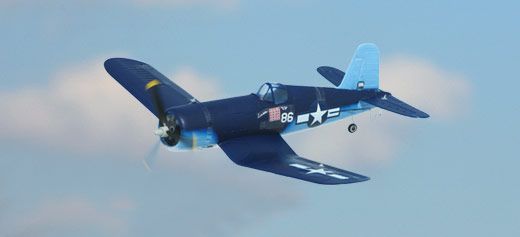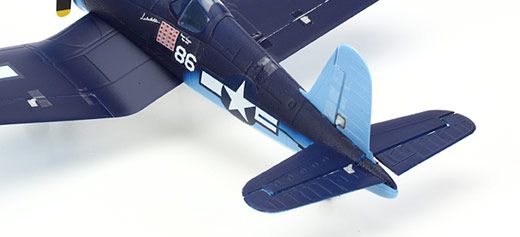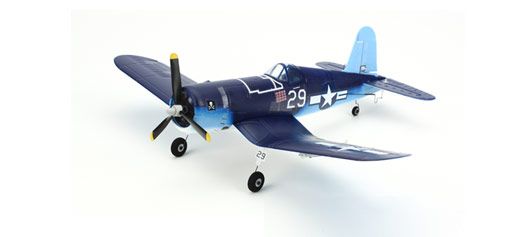I had intended beginning this month story with a picture of the present state of the Frequency Keyboard, such as was used for many years to make certain that we would not incur frequency clashes during the night. After giving the matter a very serious thought, in fact lots of them, I could not see the excitement of a picture, and good quality I assure you dear readers, of Michael Schneider’s sole key sitting, totally on its on, in the middle of a large table. Exciting? I don’t think so. Sad? Maybe just a tad. But as we move on the current situation made us all eternally grateful for 2.4gHz.
So friends, my first picture is on Andrew Pile, one of the many fliers these days who are gleaning enormous satisfaction from flying
micro and ultra-micro models. Again a silent prayer for 2.4gHz as I watched no less than 5 or these tiny models flitting around the sky like a pack of horse flies – well controlled horse flies at that, I might add, but – oh! so fast. Then as I let the lens of my digi sweep along the “Pit Area” it picked up Wayne and Steve who had been busy preparing their two models – a
Blade 400 and a tiny
MSR. The
MSR (Multi-roater) was the beginning of helicopter flying for many a person who had, previously to the exciting introduction of micro contra-rotating blades, thought it all to have been deeply hidden in the too hard basket.
Then, out of the blue, came a flock of micro-sized fixed wing aircraft – tiny aircraft that, apart from being quite aerobatic, flew at such a rapid rate that they became a bit of a problem for the eyesight of Senior Citizens. My third picture shows one of such models, in the
Parkzone Ultra-Micro Trojan.

I would dearly like to point out, at this point in the epistle, that, due to a malfunction of my “ever-before reliable digital camera” I have been forced to fall back on the photographic talents of my friend Mike O’Reilly for this month’s article attachments and suggest that he might sell a lot more from his thriving business, Model Flight on Goodwood Road, If he would kindly pose his models on a black background. The attached photo of the Trojan sitting on a foam box, resulted in a slight pay decrease for his current effort. In nailing one of our newer ETSA Park fliers, who posed for him with his
Parkzone UM Sukhoi, shown proudly flaunting his wares in the next image, all was forgiven.
Another Michael, (goodness me, they are becoming as popular as twin-rotored micro models) has been flying micro models, just about since their release and he can be seen here with his latest effort, a magnificent
micro Corsair which astounded those who had time to watch, by, not only its enormous burst of speed but also of its apparent ease of controlling this delightful little model. If you have the slightest interest in indoor flying, this is the way to go. I say indoor for, whilst they are capable of performing outdoors a dead calm day would make the outing a lot more satisfactory. They are just sooooo light with their all-foam build.
I have included the next picture for one reason only. Yes, it is of a cool cat holding his ever-popular
Blade 120SR. Now,” listen carefully for I will only say this once.” Let your eyes wander straight down under the “cat” and you will notice the tail feathers of the
120 and that the vertical fin is as far to the rear as it will go. For some reason, mine had moved itself well forward of this position. Now I must admit that there must be a reason for that cos it had been glued in that position. Just make sure that that little Empennage (wow I’m waxing all technical now) is located at that rear-most position and happy flying.
The usual word, that we have all heard before, and I quote, “Andys at it again!” That means, quite simply, that Andy Hollitt has lodged one of his many Foamies in the rafters at ETSA Park Netball Stadium. Not a difficult task for anyone. The hard part is in getting it down again and, in Andy’s usual skilful style, after several attempts, managed to dislodge it with just another foamy from his flock. It was met with much applause as it made a soft landing on the highly polished floor, many metres below. Well done, yet again Andrew.
As they say in the Navy – did and probably still do – “Now hear this.” There is to be a
change of date for our
September gathering at Indoor. Please make a note, wherever you do that sort of thing, that we meet, at the usual time of 8-30p.m. on September 29th. – I repeat
September 29th. This is the last Thursday of that month and the change is for a special reason when we would like to see a great turnout of all classes. If it is electric power and runs on either air or wheels, we would like to see it on that night. The reason – ok, be patient. No doubt you have all heard of one of the major motoring events each year – The Bay To Birdwood Rally which attracts many hundreds of competitors. Well – we are to be a part of their “Cruising Classic Events” which are special events, organized to give the entrants something to do on either days or nights leading up to, and following the major event. They have been invited to visit ETSA Park that night to witness Indoor Flying and this is the first time in the history of that major outing for the motoring fraternity, that one of their support events has been conducted at night time. From our side, we will have one of, not only Australia’s leading Helicopter pilots, but probably world class and quite likely two of those. If you are bringing a wheeled vehicle, make sure it is four-wheel drive as two are not sufficient for that highly polished floor.
Now dear readers, in closing this story for the merry month of May, I visited the Jet Action at Monarto and, whom should I find there but the Managing Director of Model Flight and OMP, Michael O’Reilly who was busily re-fuelling his magnificent Viper Jet – a large model, almost three metres in length and just a tad below that in width. Now you know how I keep my job.
Hoping to see you all at Indoor at ETSA Park once more on June 16th where you will just pay ten dollars to have a night’s flying enjoyment.
Keep it safe – The Phoenix.












